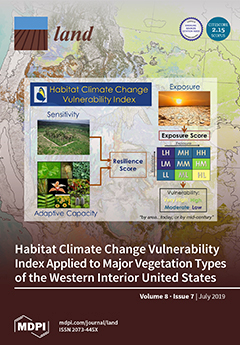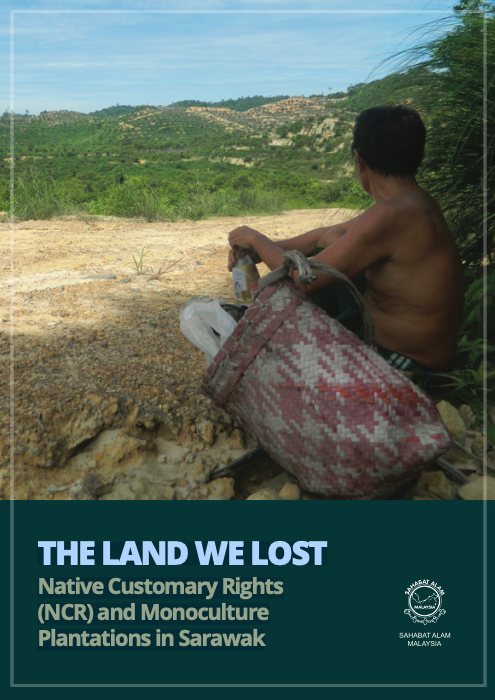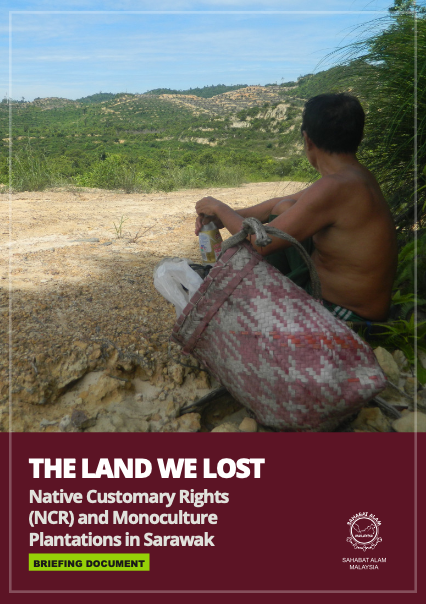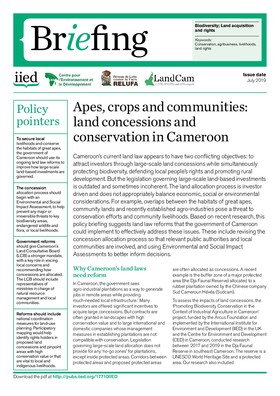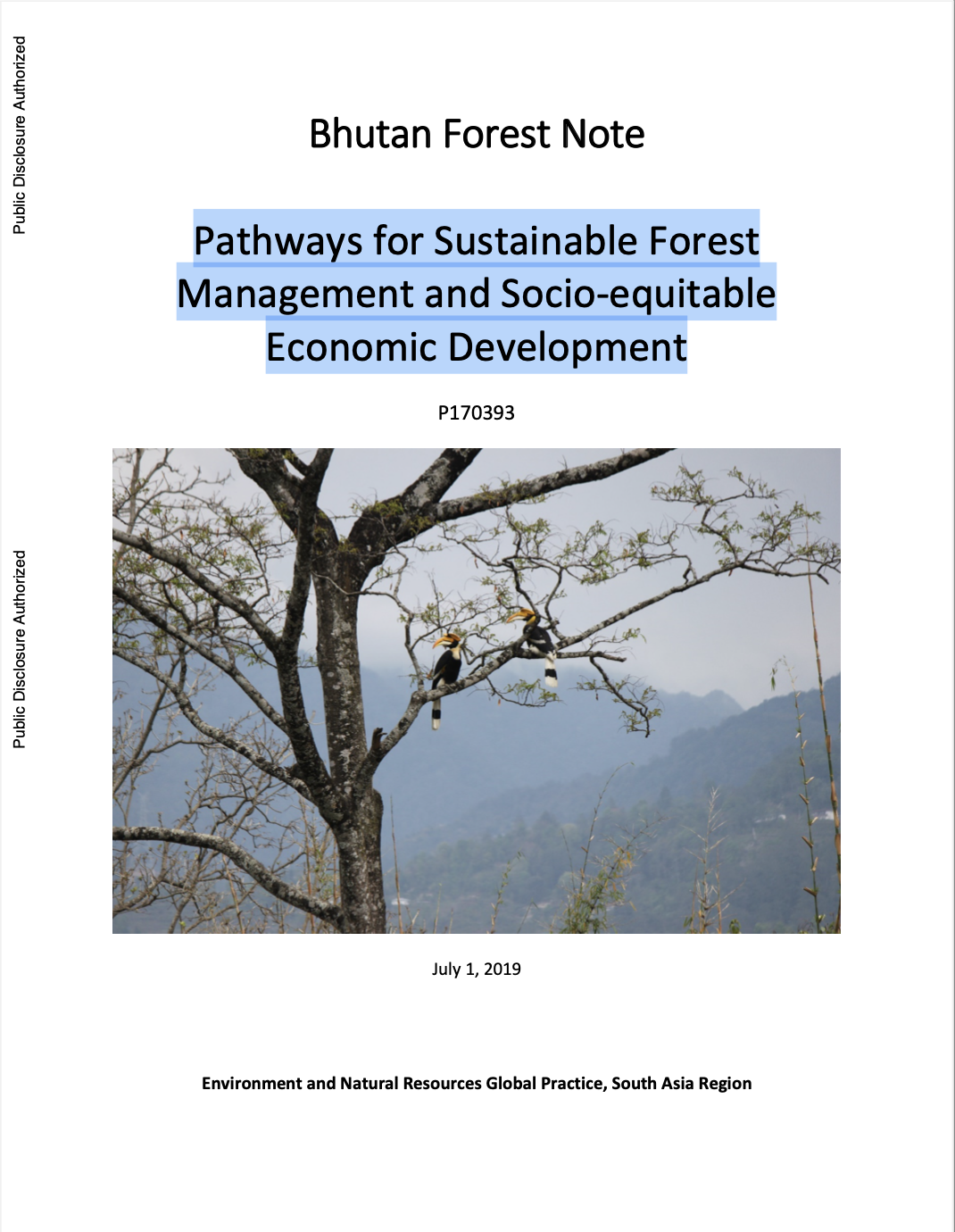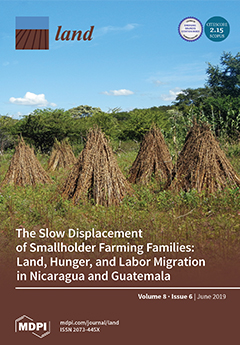Challenges and Opportunities of Social Media Data for Socio-Environmental Systems Research
Social media data provide an unprecedented wealth of information on people’s perceptions, attitudes, and behaviors at fine spatial and temporal scales and over broad extents. Social media data produce insight into relationships between people and the environment at scales that are generally prohibited by the spatial and temporal mismatch between traditional social and environmental data. These data thus have great potential for use in socio-environmental systems (SES) research.

